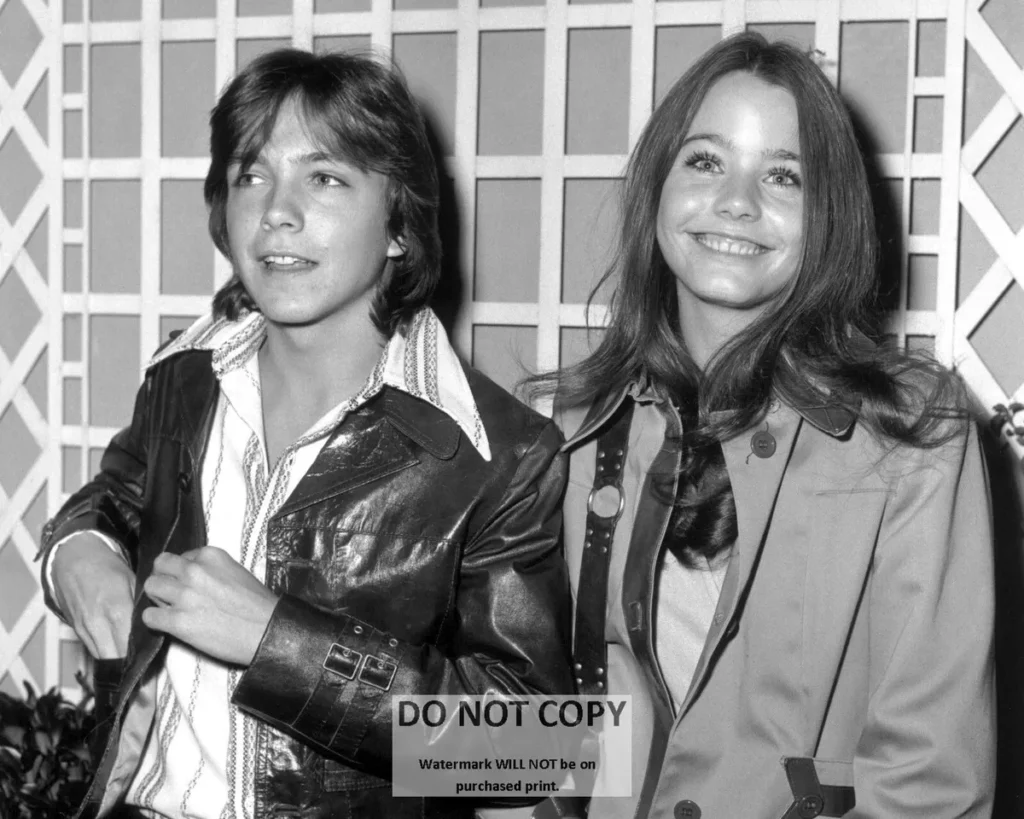
A quiet doorway to daylight—David Cassidy whispers a small, stubborn hope in “Where Is the Morning,” the moment an album turns from longing toward light.
Begin with the anchors. “Where Is the Morning” sits at track eight on Cherish, David Cassidy’s debut solo album. The record was released in the U.S. in February 1972 (the U.K. followed in March), and this cut—written by Adam Miller—runs right about 2:53. It was not issued as a single, so the “chart position” that tells its story belongs to the parent album, which rose to No. 15 on the Billboard 200 in America and No. 2 in the U.K. as Cassidy stepped out from the Partridge Family spotlight.
There’s a tidy studio postcard behind that gentleness. Cherish was cut at Western Recorders, Studio 2 in Hollywood, with producer Wes Farrell surrounding Cassidy with first-call Los Angeles players—the same world-class hands that made so many early-’70s pop-soul sides glow: drummer Hal Blaine; keyboardist/arranger Mike Melvoin; guitarists Larry Carlton, Tommy Tedesco, Louis Shelton, and Dennis Budimir; and The Love Generation providing background vocals under John Bahler’s direction. You can hear their restraint all over this track: a patient drum pulse, an electric-piano halo, guitars that answer and then step back. The production aims for presence rather than dazzle, letting Cassidy’s phrasing carry the room.
As for the songwriter, Adam Miller was one of Farrell’s trusted contributors on Cherish—he supplied a small suite of pieces that hold the album’s middle together (“Blind Hope,” “I Lost My Chance,” and this one). That continuity matters. It gives side two a lived-in voice, the sense of a single narrator moving through a long evening toward the first hint of day. “Where Is the Morning” asks the question without raising its voice—plain nouns, short lines, no grand metaphors—so the music can do the warming.
If you owned the LP back then, you may remember how sequence does the persuading. After early-side declarations and confessions, this track arrives as a turning point—not triumph, not defeat, but a breath: the moment you set a cup on the counter, stare out a dark window, and decide you’re going to make it to sunrise. Cassidy sings just behind the beat, with a small grain in the upper register that older ears will recognize as experience rather than polish. The band follows his lead. No key-change pyrotechnics, no spotlight solo; just a mid-tempo sway that keeps your balance for you while you’re thinking. (It’s the kind of arrangement Western Recorders was built for—air around the instruments, lyrics up front.
The story behind the album widens the meaning. Farrell conceived Cherish to let Cassidy sound more adult than the TV machinery allowed—same crack studio family, but with material and mixes that kept the singer close to the listener. The approach worked: the title track and “Could It Be Forever” handled the heavy radio lift, and the album’s chart run proved there was an audience for the quieter interior moments too. “Where Is the Morning” is one of those moments—the reason people who bought the record for the hits stayed for the deep cuts.
What does the song say, once you strip it to frame and grain? That grief and hope often share a doorway. The lyric’s question isn’t rhetorical; it’s practical—where is the light, and when will it reach this room? Cassidy answers not with certainty but with tone: a voice that refuses drama and chooses steadiness. That’s the older listener’s comfort. The song doesn’t promise miracles. It offers companionship until the clock rolls forward, which is, if we’re honest, how most real mornings come.
Listen for the little craftsman touches that make that feeling stick. Melvoin’s keys sit like lamplight under the chorus; the guitars breathe in sentences instead of showing off; the background voices lift the title phrase by a half-shade, as if opening the curtain just an inch. And Cassidy—freed from teen-idol bravado—sings small, the way you do when you’re speaking to someone in the same room. On paper the words are modest; on record they become a hand at your back.
So while “Where Is the Morning” never collected a line of agate type under its own name, it helped define the soul of Cherish—the debut that proved David Cassidy could carry grown feelings without losing the sweetness that first put him on the radio. Fifty-plus years later, the track still works the same quiet spell. Put it on at day’s end and you’ll hear why: a short, human song that doesn’t try to fix the dark, only to keep you company until the light turns. For many of us who remember turntables and warm-glow receivers, that’s the kind of music that lasts.